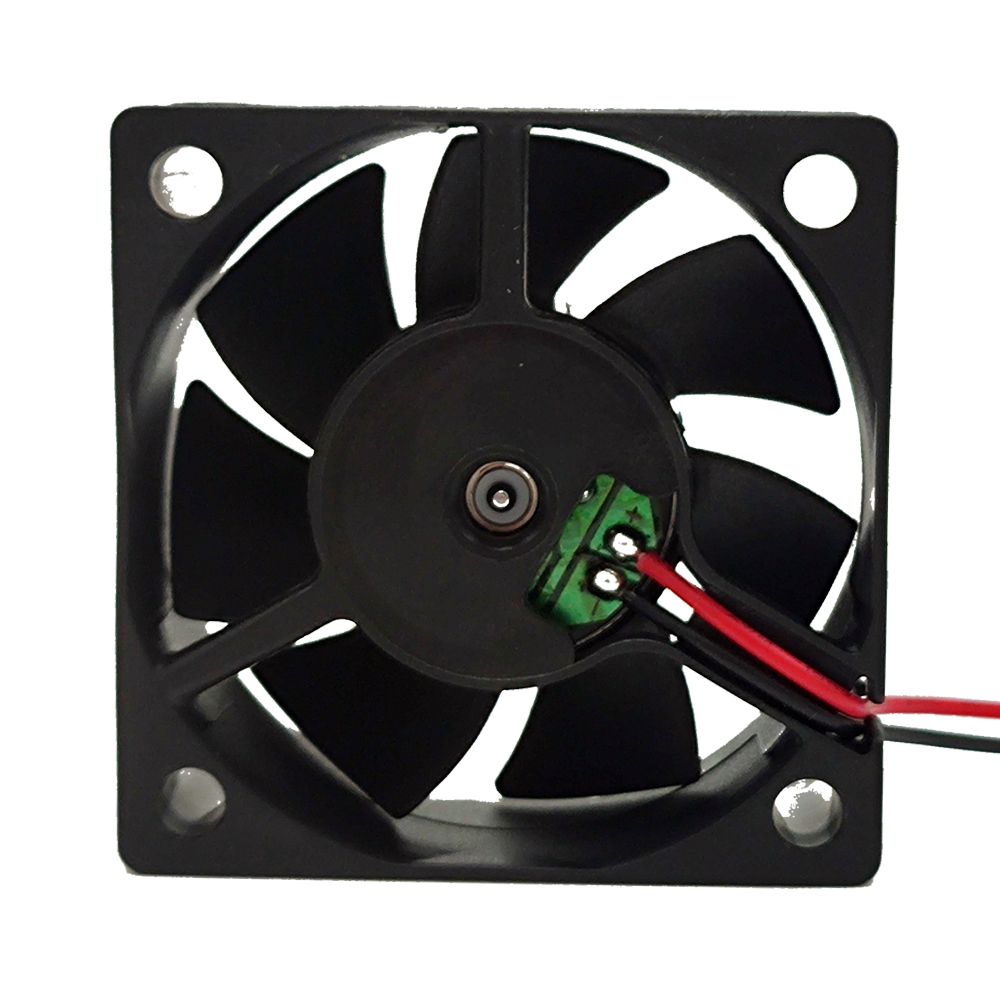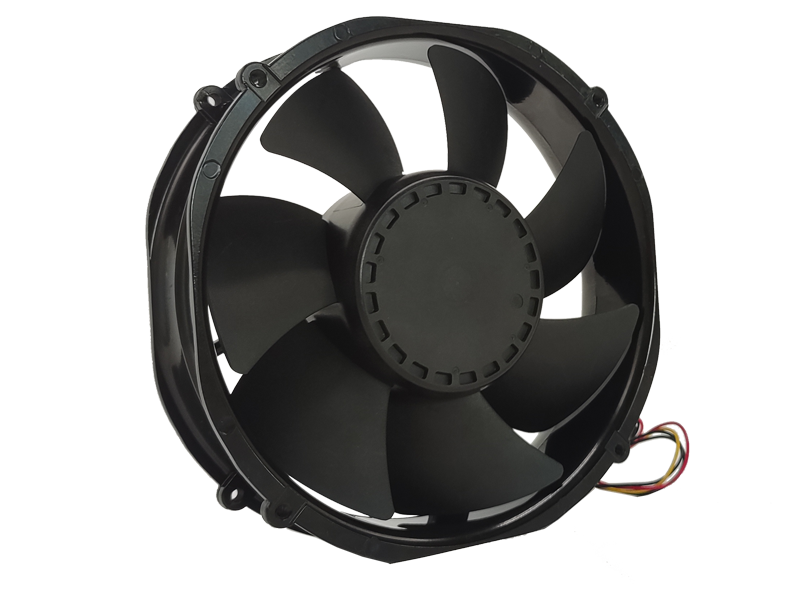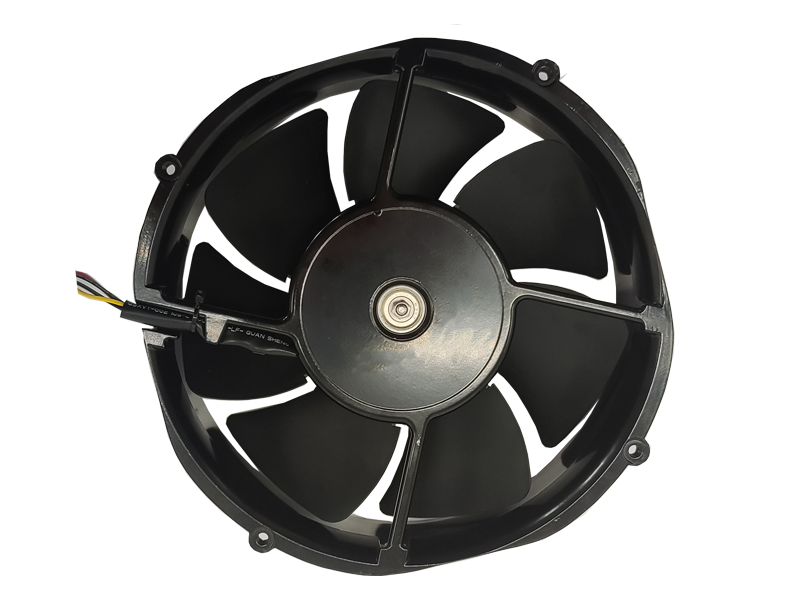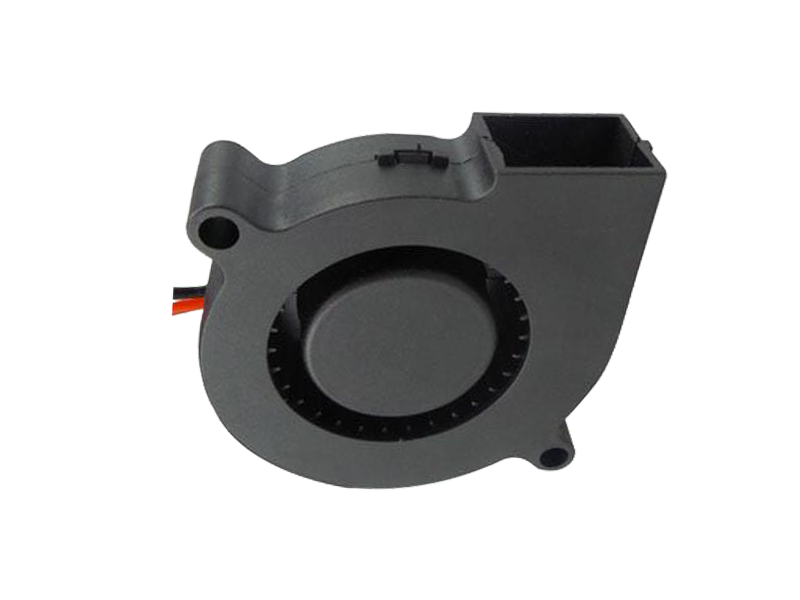In various industrial applications, efficient ventilation and cooling systems are critical to maintaining operational efficiency and equipment longevity. Industrial fans play a pivotal role in this process, ensuring that machinery, workers, and environments are kept within optimal operating conditions. Whether for cooling, ventilation, air circulation, or fume extraction, industrial fans are designed to withstand demanding conditions and perform continuously at high capacities. This article delves into the key components, benefits, and considerations involved in selecting an industrial fan, helping businesses make informed decisions about their ventilation needs.
1. The Importance of Industrial Fans
Industrial fans are essential in a wide range of sectors, including manufacturing, HVAC (heating, ventilation, and air conditioning), agriculture, and waste management. Their main function is to move air efficiently, promoting the flow of clean air and the expulsion of stale or contaminated air. Fans are used in various settings, such as:
Cooling systems: Prevent overheating of machines and workstations, keeping machinery running at peak performance.
Ventilation: Ensure the air quality is adequate by expelling hot, humid, or hazardous air.
Dust and fume extraction: Help remove harmful dust particles and fumes from the air, improving workplace safety.
Air circulation: Distribute conditioned air evenly across large areas, especially in industrial spaces and warehouses.
Industrial fans differ from typical household fans in terms of their size, capacity, and durability. They are built to run continuously and withstand harsh operating conditions, such as high temperatures, humidity, and exposure to dust or chemicals.
2. Key Components of Industrial Fans
Understanding the main components of industrial fans is critical to assessing their performance and choosing the right product for a specific application.
Fan Blades: The fan blades are arguably the most crucial part of the fan, directly affecting airflow efficiency. The shape, material, and size of the blades determine the fan's ability to move air. Common blade materials include aluminum, steel, or composite materials designed to resist corrosion and provide durability under heavy use.
Motor: The motor is responsible for powering the fan blades. Industrial fans typically use high-efficiency motors that can operate at varying speeds based on the needs of the system. High-performance motors help maximize energy efficiency and ensure long-lasting operation in demanding environments.
Housing/Frame: The fan housing or frame serves to protect the internal components and support the overall structure of the fan. It is often made from robust materials like steel or cast iron, ensuring the fan’s stability and resilience, even in challenging conditions.
Bearings: Bearings allow the fan blades to rotate smoothly. The type of bearings used, such as ball bearings or sleeve bearings, determines the lifespan and noise levels of the fan. Industrial fans are often equipped with high-quality bearings designed to handle heavy loads and reduce friction for extended use.
Fan Speed Control: Many industrial fans come with speed control systems, such as variable frequency drives (VFDs), that allow the user to adjust the speed of the fan blades according to real-time demands. This feature not only helps in energy efficiency but also contributes to a longer lifespan of the fan.
3. Benefits of Industrial Fans
The use of industrial fans comes with numerous advantages, especially when properly selected and maintained. Here are some key benefits:
Energy Efficiency: Industrial fans designed for large-scale operations typically come with energy-efficient features. By optimizing airflow, these fans reduce the need for additional energy-consuming systems, contributing to significant cost savings. The use of variable speed motors and automated control systems further maximizes energy efficiency.
Enhanced Workplace Safety: Ventilation fans that remove dust, fumes, and toxic gases improve the air quality and contribute to a safer workplace. In industries such as construction, mining, and chemical processing, industrial fans are crucial in reducing the risks associated with air contamination.
Prolonged Equipment Life: Cooling fans help to maintain the optimal temperature of machinery, preventing overheating and reducing wear and tear. This can prolong the life of expensive industrial equipment, reducing maintenance costs and downtime.
Improved Worker Comfort: In environments where heat is generated by equipment or machinery, industrial fans create a comfortable working environment for employees by improving air circulation and cooling. This helps enhance productivity and reduces the risk of heat-related health issues.
Customizable Solutions: Industrial fans come in various shapes and sizes, from wall-mounted to floor-standing units, and can be customized to meet specific airflow and space requirements. They are designed to operate in specific environments, from high-temperature zones to hazardous atmospheres.
4. Factors to Consider When Choosing an Industrial Fan
Selecting the right industrial fan requires careful consideration of various factors to ensure optimal performance and efficiency:
Fan Type: There are different types of industrial fans, including axial, centrifugal, and mixed-flow fans. Axial fans are ideal for high-flow, low-pressure applications, while centrifugal fans are better suited for applications requiring higher pressure and efficiency. Mixed-flow fans combine features from both types and are ideal for systems that need moderate pressure and airflow.
Airflow Requirements: Determine the airflow capacity (CFM or cubic feet per minute) that is necessary for your operation. The size and number of fans will depend on the volume of air that needs to be moved. Accurate airflow calculations can prevent issues like inadequate ventilation or overloading the system.
Fan Speed: Depending on the application, the fan speed should be selected based on how much air needs to be moved. Variable speed fans offer more flexibility by adjusting to the required airflow.
Operating Conditions: Industrial environments can present a variety of challenges, from exposure to extreme temperatures to the presence of corrosive materials. Selecting fans designed for these conditions will ensure that the fans continue to operate efficiently and last longer.
Noise Levels: Noise is an important consideration, especially in workplaces where excessive noise can be distracting or harmful to worker health. Look for fans with noise reduction features, such as vibration isolators, acoustic housings, and balanced blades.

5. Future Trends in Industrial Fans
As industries continue to evolve, so do the technologies behind industrial fans. The future of industrial fans is shaped by advancements in efficiency, control, and sustainability.
Smart Fans: Industrial fans are becoming increasingly “smart,” integrating with building management systems (BMS) and Internet of Things (IoT) technologies. Smart fans allow for remote monitoring and control, predictive maintenance, and data analytics to optimize energy use and performance.
Sustainability: With the push for sustainability and environmental responsibility, industrial fans are being designed with more eco-friendly materials and energy-efficient features. Many manufacturers are focusing on reducing the carbon footprint of fan systems by using recyclable components and improving energy consumption.
Automation and IoT: Automated fan control and IoT integration allow real-time adjustments based on environmental data, improving operational efficiency and reducing energy costs. This integration is essential for industries that require constant monitoring of environmental conditions, such as food processing and pharmaceuticals.
6. Conclusion
Industrial fans are integral to creating a safe, comfortable, and efficient working environment. Their role extends beyond simple air movement to ensuring the safety of workers, extending the lifespan of equipment, and enhancing operational performance. By understanding the key components, benefits, and factors that influence fan selection, businesses can make informed choices when investing in industrial fans. As technology evolves, the industry will continue to see improvements in energy efficiency, automation, and overall system integration, making industrial fans an even more valuable asset to modern operations.
Recommended Products

The main purpose:Car charging station

The main purpose:Car charging station

The main purpose:Electronic refrigerators, water dispensers, direct drinking machines, inverter power supplies
Address:No. 4137, Longgang Avenue (Henggang Section), Henggang Community, Henggang Street, Longgang District, Shenzhen
hotline:13530005572(Chen)15112579390(Li)


Welcome all friends to come for consultation and negotiation.
Copyright 2024 @ Shenzhen Youneng Xinyuan Electronics Co., Ltd.,(industrial fans,industrial blowers,axial fans,cooling fans manufacturer,centrifugal fans,ac cooling fans,dc cooling fans)